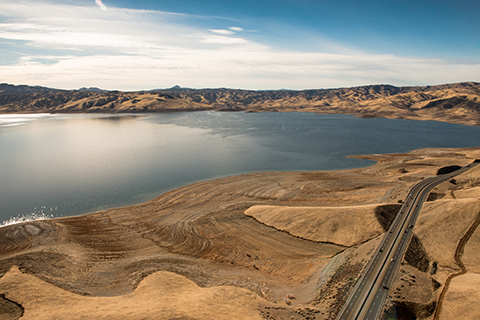
Jeanine Jones, Interstate Resources Manager for the California Department of Water Resources, talks about the state's ongoing drought conditions and planning for California's water future.

Ocean water acidified by increasing carbon dioxide is corroding calcium carbonate minerals—an essential ingredient for shell- and skeleton-building that creatures like this tiny snail rely upon.
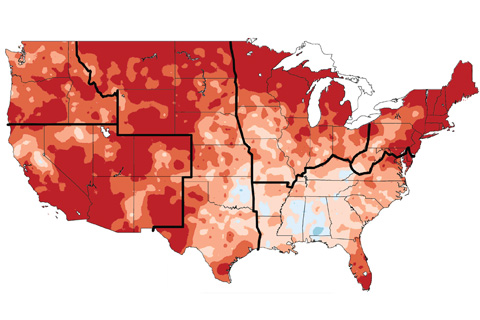
It’s only when we “zoom out” to the planet-wide scale that trends in surface temperature are obvious: despite a few, rare areas experiencing cooling, the vast majority of places across the globe are warming.

Research oceanographer Jonathan Hare answers questions about the first application of a new protocol for assessing the vulnerability of Northeast fisheries to climate change.
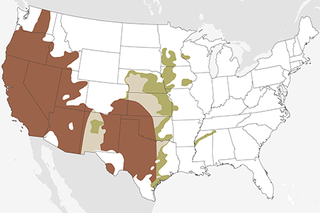
For southeastern Colorado, dry times may persist into summer
April 23, 2014

The International Academy of the Digital Arts & Sciences has chosen us as one of five nominees for the annual Webby Awards for online excellence. Please consider voting us for the People's Voice Award! Vote for us in the Government category, and vote for the "Teaching Climate" section in the Green category.
Federal law may protect the river habitat in the name of endangered fish, but on land, grapevines are king. This article is the first in a two-part series about how scientists are helping find compromise amid local tensions over water supplies.
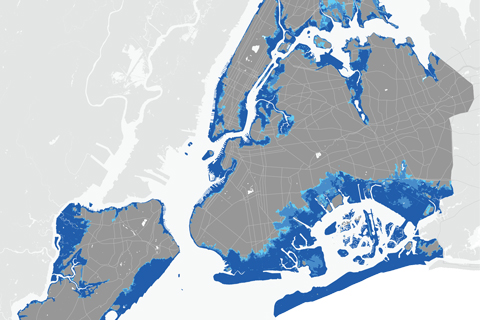
If mid-century projections of sea level rise prove true for New York City, four times as many people may be living in the 100-year floodplain than were previously estimated based only on observed changes.
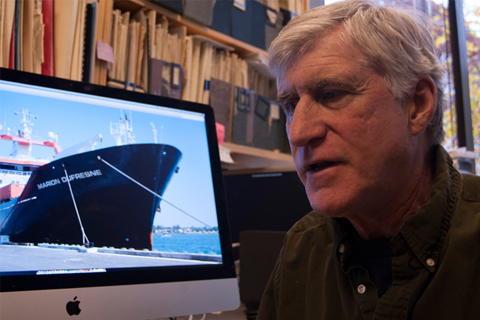
In October 2003, a little-known think tank in the Department of Defense quietly released a report warning that climate change could happen so suddenly it could pose a major threat to our country's national security. Why was the Pentagon worried about abrupt climate change? Because new evidence from Greenland showed it had happened before.
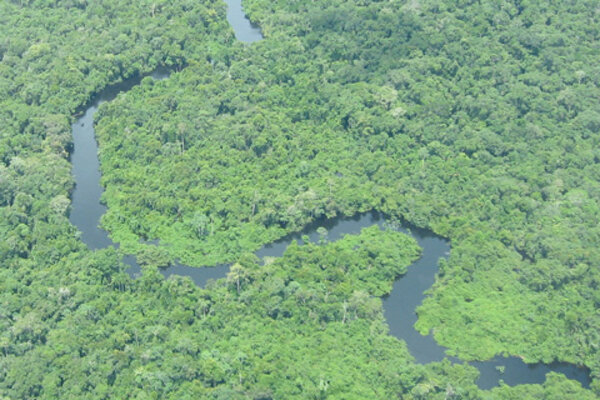
How drought affects carbon balance in the Amazon
March 6, 2014